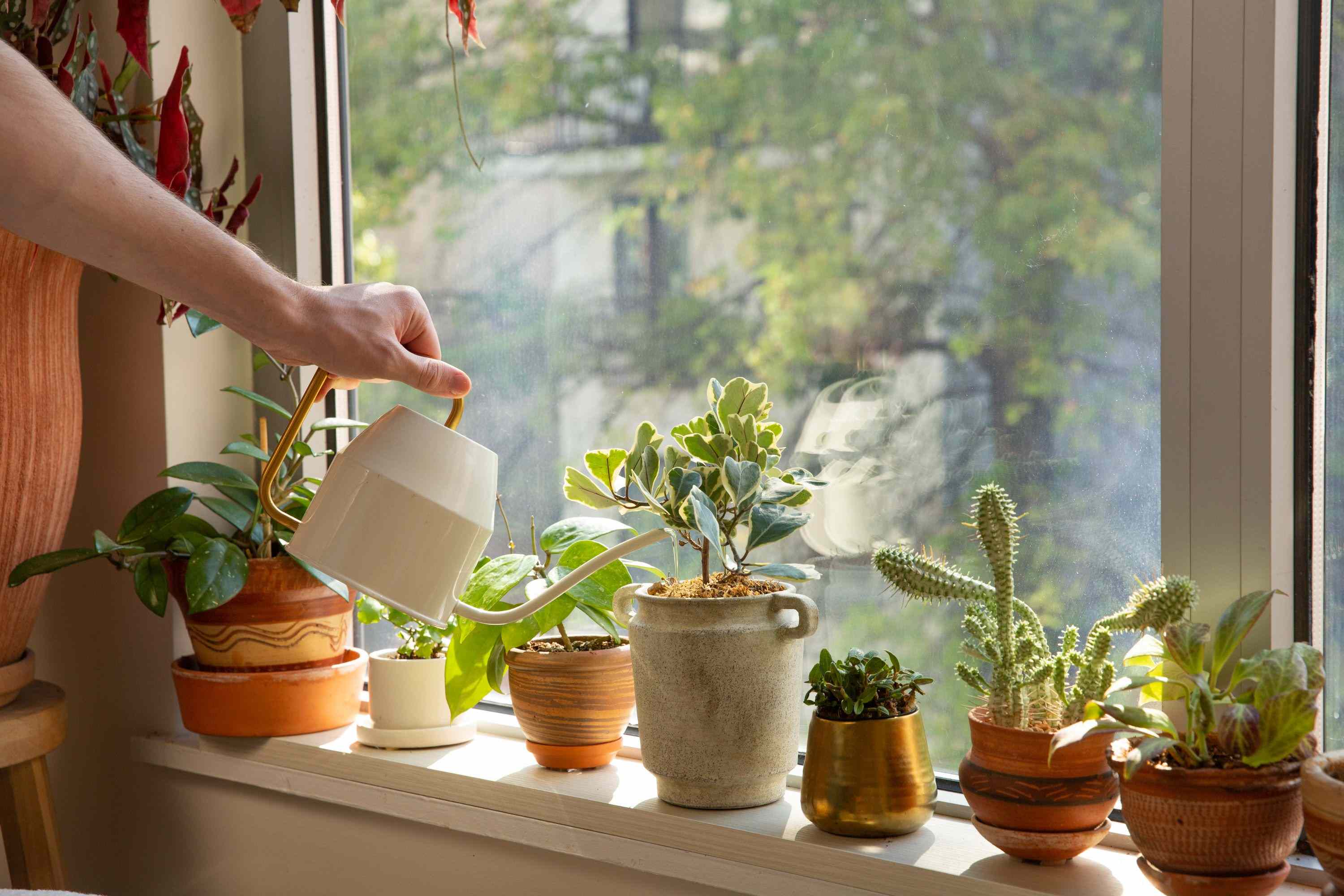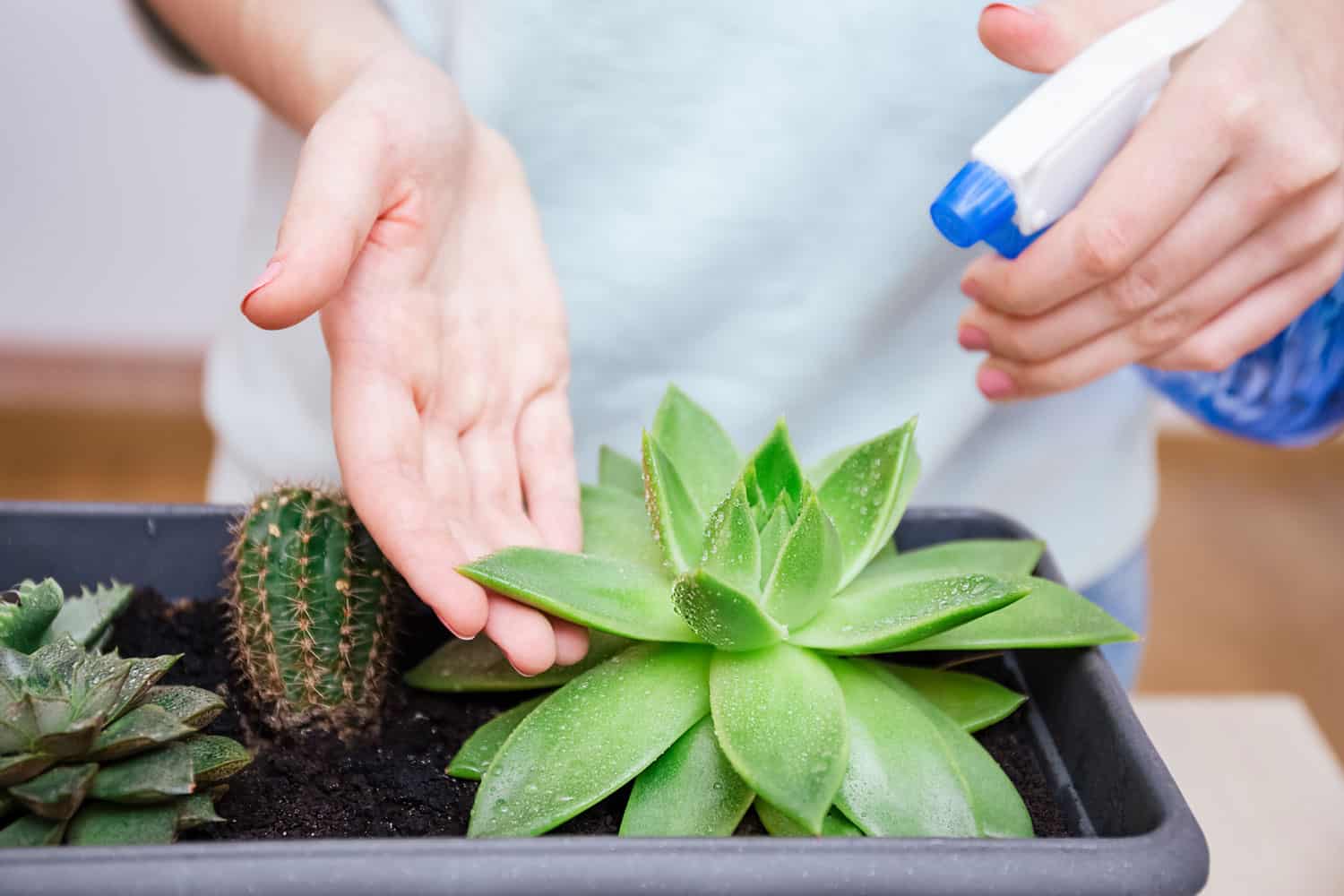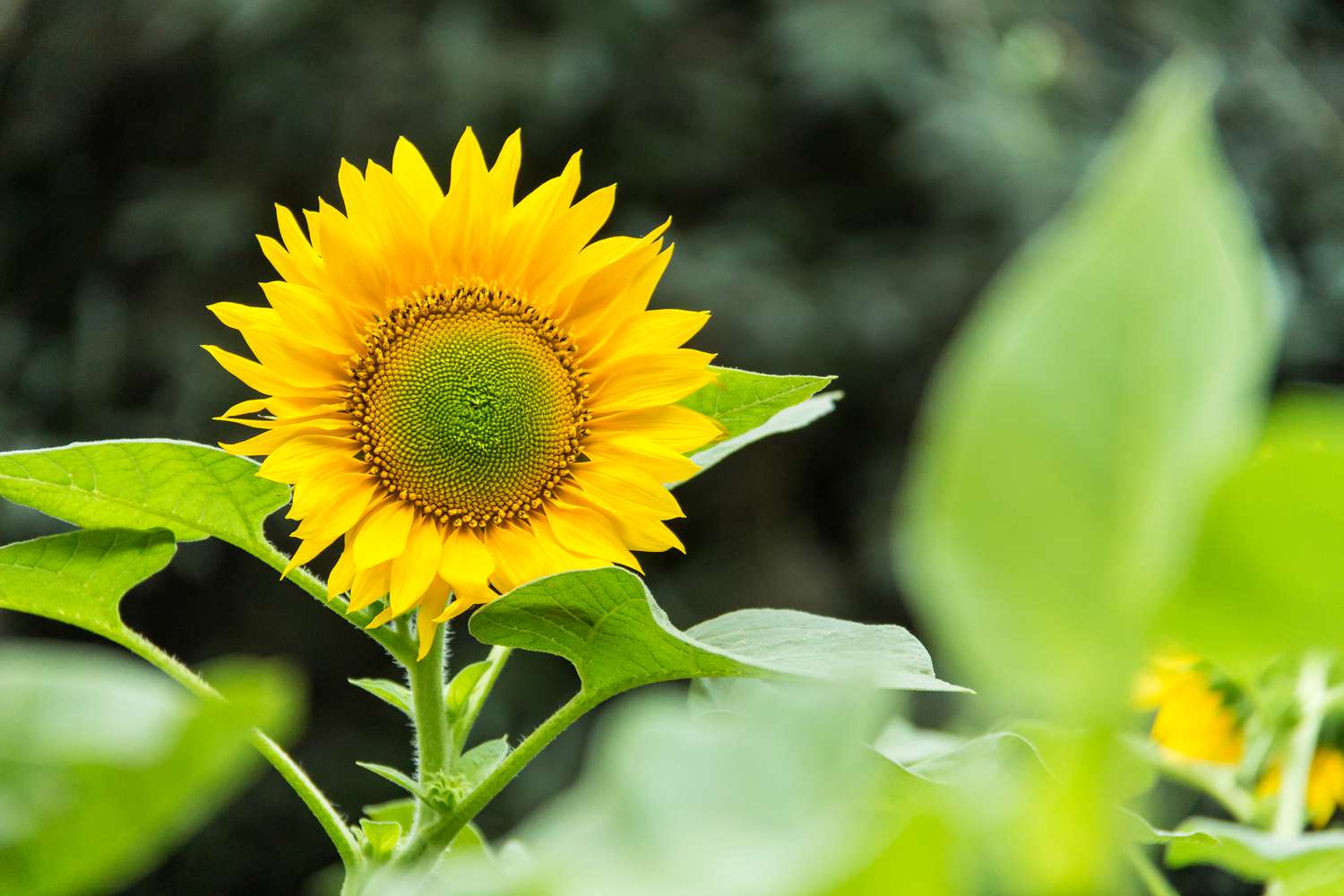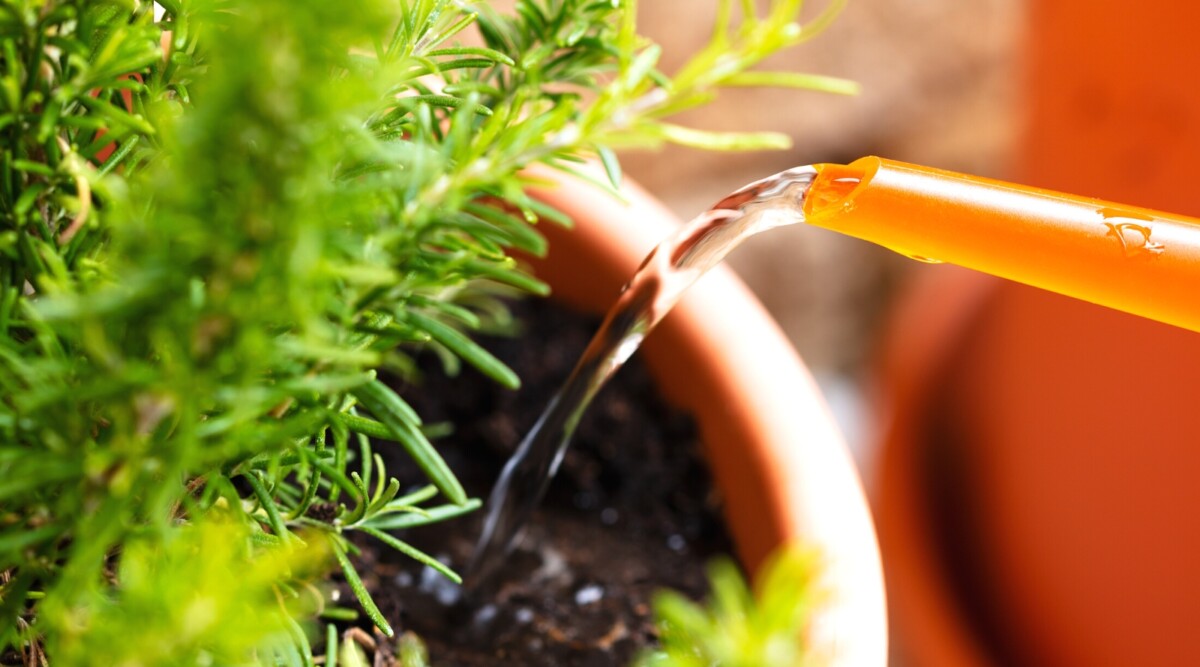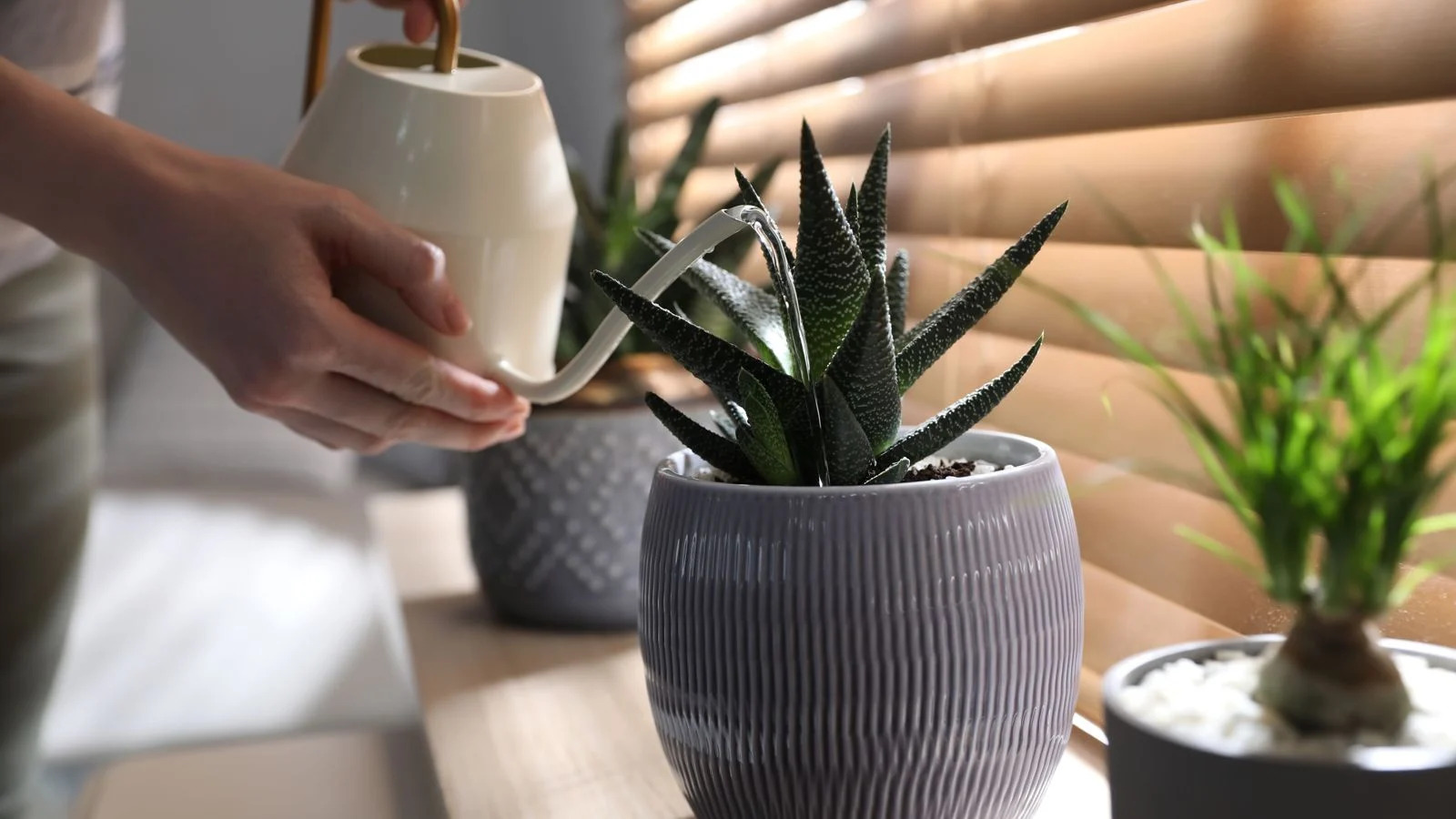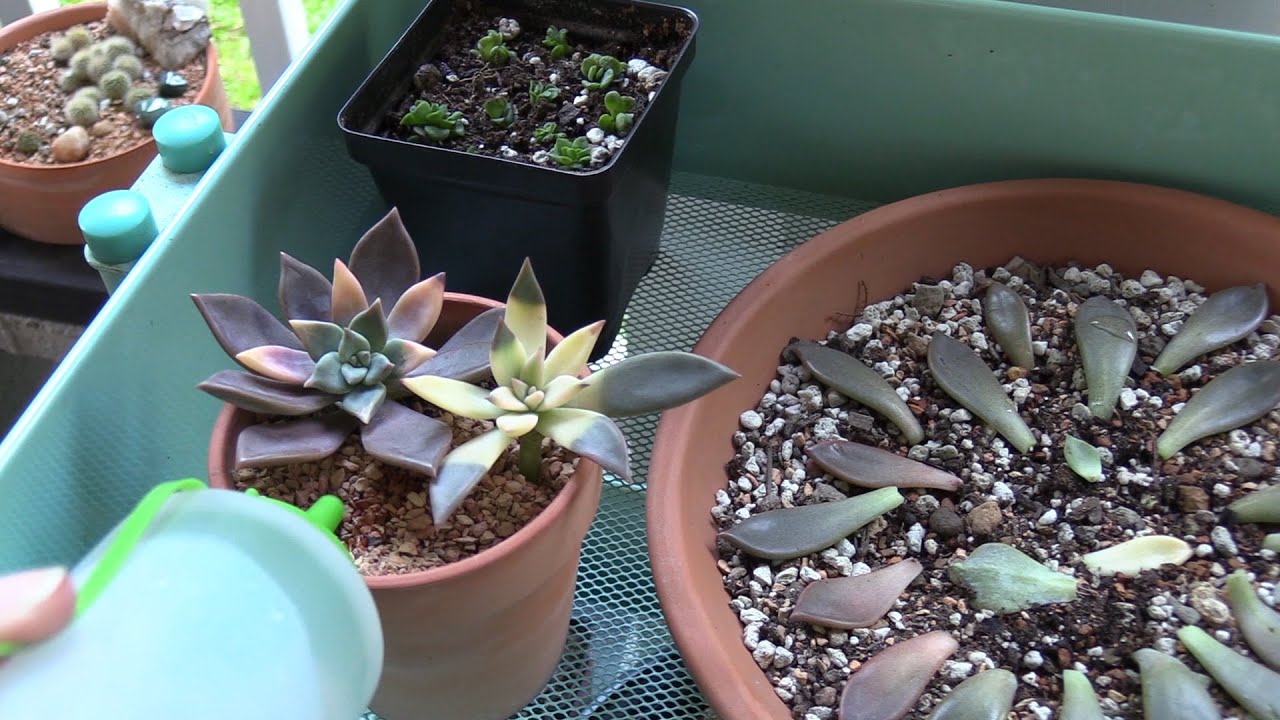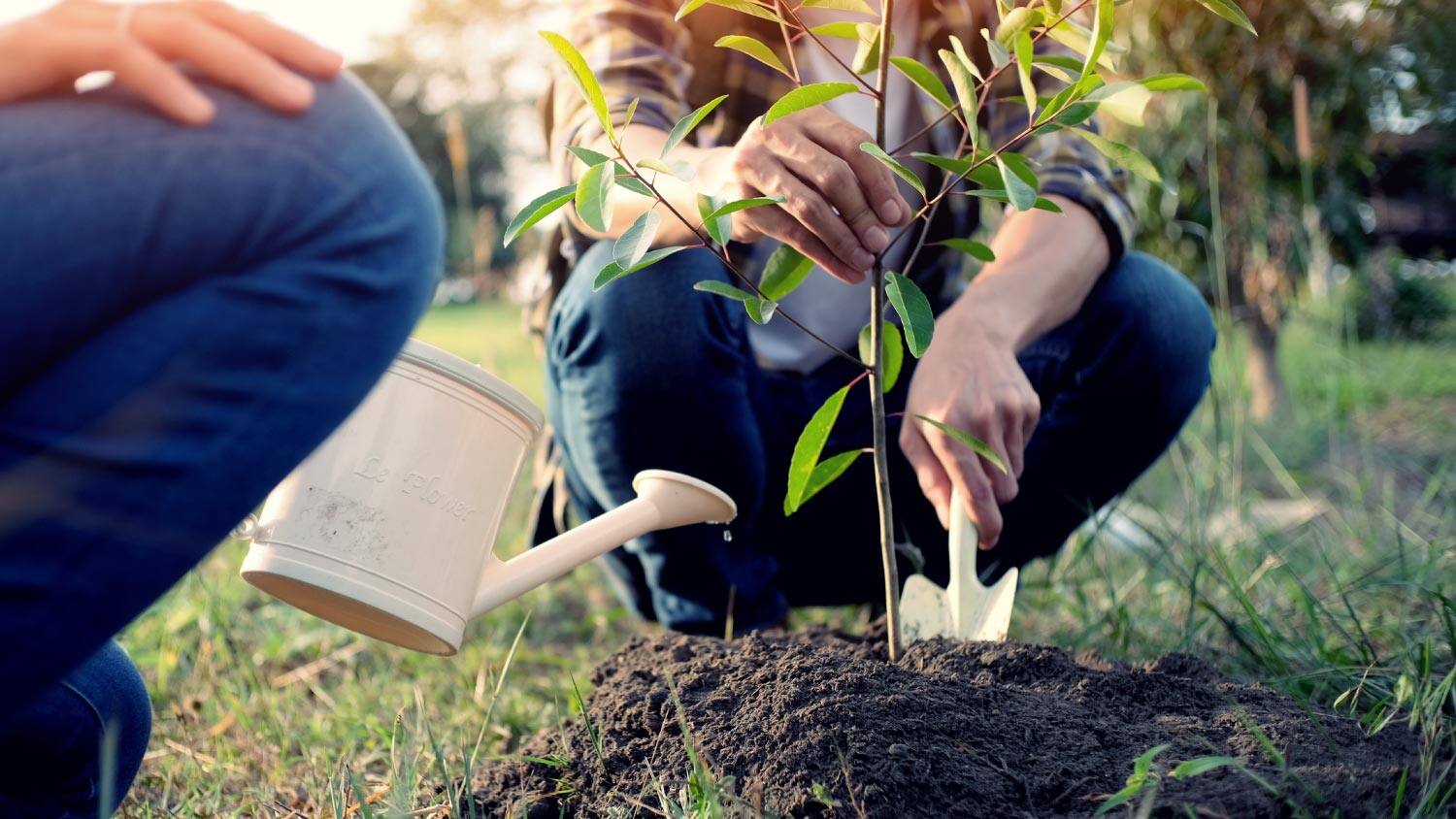Home>Gardening Techniques>Plant Care>How Often Should You Water Seedlings Indoors
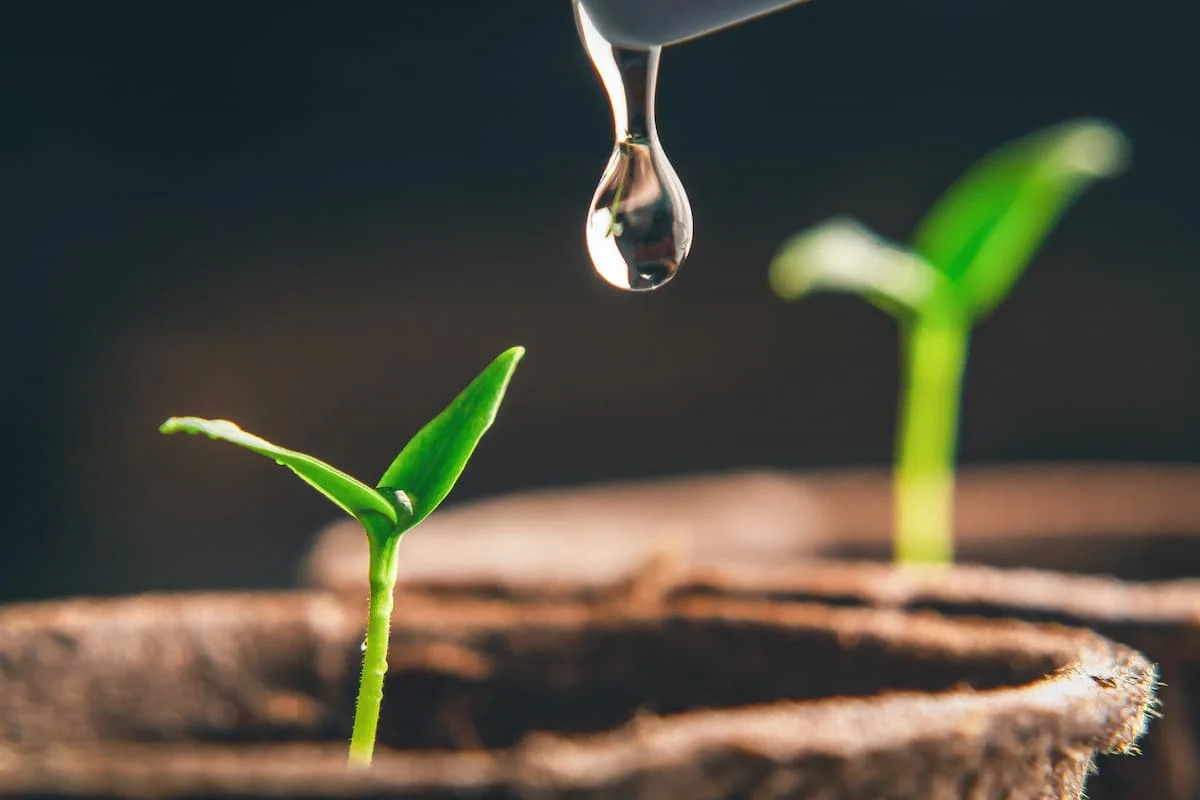

Plant Care
How Often Should You Water Seedlings Indoors
Modified: February 10, 2024
Discover the best practices for indoor seedling care and learn how to properly water your seedlings for healthy plant growth. Find out the ideal watering frequency and techniques to ensure successful plant care.
(Many of the links in this article redirect to a specific reviewed product. Your purchase of these products through affiliate links helps to generate commission for Chicagolandgardening.com, at no extra cost. Learn more)
Table of Contents
**
Introduction
**
Welcome to the exciting world of indoor seedling care! As a plant enthusiast, you've likely embarked on the rewarding journey of nurturing seedlings in the comfort of your home. While this endeavor is filled with promise and potential, it also requires a keen understanding of the delicate balance involved in caring for these young plants. One of the fundamental aspects of seedling care is determining the appropriate watering frequency, a task that demands attention to detail and a touch of finesse.
In the upcoming sections, we will delve into the art and science of watering seedlings indoors. By exploring the factors influencing seedling watering needs, deciphering the telltale signs of overwatering and underwatering, and establishing general guidelines for watering, you will gain valuable insights into this crucial aspect of plant care. Moreover, we will discuss the importance of adjusting watering frequency based on the type of seedling, ensuring that you are equipped with the knowledge to foster healthy and vibrant plants.
So, grab your watering can and join us on this illuminating journey into the world of indoor seedling care. Together, we will unravel the mysteries of watering frequency, empowering you to cultivate thriving seedlings and revel in the beauty of their growth. Let's embark on this green-fingered adventure with enthusiasm and a thirst for knowledge!
Factors Affecting Seedling Watering Needs
Understanding the factors that influence seedling watering needs is paramount to providing optimal care for your indoor plants. Several key elements come into play when determining how often you should water your seedlings:
1. Growth Stage: Seedlings undergo rapid growth during their early stages, requiring higher moisture levels to support their development. As they mature, their watering needs evolve, necessitating adjustments to accommodate their changing growth patterns.
2. Environmental Conditions: The ambient temperature and humidity levels in your indoor environment significantly impact the rate at which seedlings absorb water. Warmer temperatures and drier air can expedite evaporation, leading to increased watering frequency, while cooler temperatures and higher humidity may moderate the plants' water intake.
3. Soil Composition: The type of potting mix or soil used for your seedlings plays a crucial role in moisture retention. Different soil compositions exhibit varying water-holding capacities, influencing how frequently you need to water your plants.
4. Container Size: The size of the containers in which your seedlings are housed affects their water requirements. Smaller containers may dry out more quickly, necessitating more frequent watering, whereas larger containers can retain moisture for longer periods.
5. Plant Species: Each plant species has unique water needs, with some being more drought-tolerant and others requiring consistently moist soil. Understanding the specific requirements of the plants you are cultivating is essential for tailoring your watering regimen to their individual needs.
By considering these factors, you can gain valuable insights into the nuanced dynamics of seedling watering. Armed with this knowledge, you will be better equipped to assess and address your seedlings' hydration requirements, fostering an environment conducive to their healthy growth and vitality.
Signs of Overwatering and Underwatering
Recognizing the signs of overwatering and underwatering is essential for maintaining the health and vigor of your indoor seedlings. By observing your plants closely, you can identify these telltale indicators and take corrective measures to ensure their well-being.
Signs of Overwatering:
- Wilting: Contrary to popular belief, overwatered plants can exhibit wilting as a result of root damage caused by waterlogged soil.
- Yellowing Leaves: Yellow or translucent leaves may signal overwatering, indicating that the roots are suffocating due to excess moisture.
- Mold or Fungus Growth: Excessive moisture can create a hospitable environment for mold and fungus to thrive, manifesting as fuzzy growth on the soil surface.
- Stunted Growth: Overwatered seedlings may experience stunted growth as their roots struggle to absorb nutrients and oxygen from waterlogged soil.
Signs of Underwatering:
- Wilting: Insufficient water can cause plants to wilt as they are unable to maintain turgidity and support their structure.
- Dry, Crisp Leaves: Underwatered seedlings may develop dry, crisp leaves that appear withered and lack the supple texture associated with healthy foliage.
- Slow Growth: Inadequate water supply can impede the growth and development of seedlings, leading to a noticeable slowdown in their progression.
- Soil Pulling Away from Container Edges: When soil pulls away from the edges of the container, it indicates dehydration and the need for more frequent watering.
By familiarizing yourself with these signs, you can intervene proactively to address any watering imbalances and safeguard your seedlings from the detrimental effects of overwatering or underwatering. Paying close attention to your plants’ physical cues enables you to fine-tune your watering practices, creating an environment conducive to their thriving growth.
General Guidelines for Watering Seedlings Indoors
Establishing general guidelines for watering your indoor seedlings is crucial for maintaining their optimal health and vitality. By adhering to these principles, you can provide consistent and appropriate moisture levels, fostering robust growth and resilience in your young plants.
1. Soil Moisture Assessment: Before watering, assess the moisture level of the soil by inserting your finger into the top inch of the potting mix. If it feels dry to the touch, it’s likely time to water your seedlings. However, if the soil still retains moisture, hold off on watering to prevent overhydration.
2. Watering Technique: When watering your seedlings, aim to moisten the entire root zone evenly. Ensure that the water penetrates the soil and reaches the roots, promoting comprehensive hydration throughout the plant’s container.
3. Drainage: Use containers with drainage holes to allow excess water to escape, preventing waterlogging and ensuring adequate aeration for the roots. Proper drainage is essential for averting the perils of overwatering and maintaining a healthy root environment.
4. Water Quality: Use room-temperature water to avoid shocking the seedlings with extreme temperature differentials. Additionally, consider using filtered or distilled water to minimize the accumulation of salts and impurities in the soil.
5. Time of Day: Water your seedlings in the morning to allow any excess moisture on the foliage to evaporate during the day, reducing the risk of fungal diseases. Morning watering also provides the plants with hydration to fuel their daytime metabolic processes.
6. Adjusting Frequency: As your seedlings grow and environmental conditions change, be prepared to adjust your watering frequency accordingly. Monitor your plants regularly and adapt your watering regimen based on their evolving needs.
By adhering to these general guidelines, you can cultivate a nurturing environment for your indoor seedlings, promoting their well-being and fortifying them against the perils of inadequate or excessive watering. Consistency, attentiveness, and a mindful approach to watering are the cornerstones of successful seedling care.
Adjusting Watering Frequency Based on Seedling Type
Adapting your watering frequency to suit the specific needs of different seedling types is instrumental in ensuring their thriving development. Various plant species exhibit distinct water requirements, and tailoring your watering approach accordingly can significantly impact their overall health and vitality.
1. Succulents and Cacti: Succulent and cacti seedlings, characterized by their fleshy, water-retentive tissues, necessitate infrequent watering. These plants thrive in well-draining soil and prefer to dry out between watering sessions to prevent root rot and other moisture-related ailments.
2. Herbs and Leafy Greens: Seedlings of herbs and leafy greens, such as basil, parsley, and lettuce, typically benefit from consistent moisture. However, it’s essential to avoid waterlogged conditions, as excessive moisture can lead to fungal issues. Maintain a balanced approach, allowing the soil to dry slightly between watering intervals.
3. Flowering Plants: Seedlings of flowering plants, including petunias, marigolds, and impatiens, often thrive in moderately moist soil. Regular, even moisture distribution is key to supporting their budding and blooming processes, but caution must be exercised to prevent overwatering, which can impede flowering and promote disease.
4. Fruit-Bearing Seedlings: Seedlings that give rise to fruits, such as tomatoes, peppers, and strawberries, generally require consistent moisture to support fruit development. However, they are susceptible to issues stemming from excessive moisture, underscoring the importance of vigilant monitoring and thoughtful watering practices.
5. Woody Seedlings: Seedlings of woody plants, including trees and shrubs, often benefit from deep, infrequent watering to encourage robust root development. Allowing the soil to dry out slightly between watering sessions can prompt the roots to seek moisture deeper within the soil, fostering stronger and more resilient plants.
By tailoring your watering frequency to align with the specific needs of each seedling type, you can optimize their growing conditions and mitigate the risks associated with improper hydration. This nuanced approach reflects your dedication to providing tailored care for your diverse array of indoor seedlings, nurturing them towards maturity and vibrancy.
Conclusion
Congratulations! You’ve embarked on a journey of discovery and nurturing, delving into the intricate art of watering indoor seedlings. By gaining insights into the factors influencing seedling watering needs, deciphering the signs of overwatering and underwatering, and establishing general guidelines for watering, you have equipped yourself with the knowledge and acumen to foster thriving plants within your home.
As you tend to your seedlings, remember that each plant is a unique entity with its own set of hydration requirements. By adapting your watering frequency to suit the specific needs of different seedling types, you demonstrate a profound understanding of the diverse botanical tapestry under your care. Your attentiveness to the growth stages, environmental conditions, soil composition, container size, and plant species reflects a deep commitment to nurturing vibrant and resilient indoor greenery.
As you navigate the intricacies of indoor seedling care, remember that the journey is as rewarding as the destination. Embrace the subtle nuances of each plant’s response to your care, and revel in the joy of witnessing their growth and flourishing under your attentive stewardship. Your dedication to providing optimal moisture levels, coupled with your keen observation of the plants’ physical cues, forms the bedrock of a nurturing environment that supports their well-being and vitality.
As you continue to refine your watering practices and expand your botanical repertoire, may your home be adorned with the lush foliage and blossoms of thriving indoor seedlings. Your commitment to their care is a testament to the profound connection between humans and the natural world, enriching your life and surroundings with the beauty and vibrancy of flourishing plants.
So, with watering can in hand and a heart brimming with green-fingered enthusiasm, continue your journey as a caretaker of indoor seedlings, nurturing and fostering their growth with the wisdom and empathy of a true plant aficionado.
